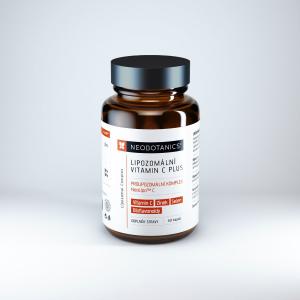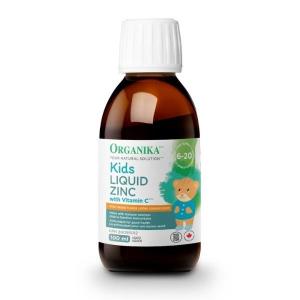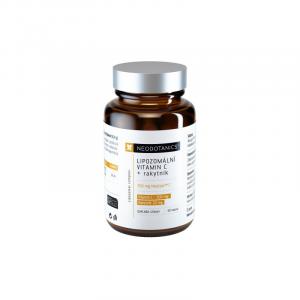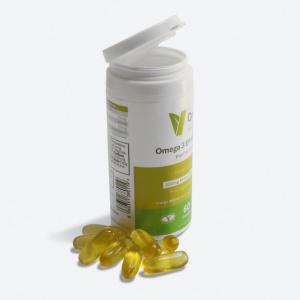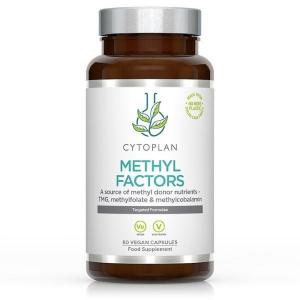
CRP tests and their significance in disease diagnosis

In today's modern medicine, laboratory tests play a key role in the early diagnosis and monitoring of various health conditions and problems. One of the important tests that doctors frequently use is the CRP test. Its values can provide valuable information about the presence of inflammation in the body and assist doctors in deciding on the next steps in treatment. In this article, we will look at what CRP values are, how they are measured, and how to interpret the results using a CRP value table.
What is CRP and why is it important?
CRP, or C-reactive protein, is a substance produced by the liver in response to inflammation in the body. Elevated levels of CRP in the blood signal the presence of an inflammatory process. This protein is released into the bloodstream within hours of the onset of inflammation, making it a very sensitive indicator of acute conditions.
The CRP test is performed when a doctor suspects that a patient may have an inflammatory disease, an infection, or another condition that may require prompt treatment. It can also be used to monitor the effectiveness of treatment and to check whether inflammation is subsiding.
Try our natural products
How are CRP values measured?
CRP values are measured through a blood test. A small sample of blood is taken from a vein, usually in the arm, and analyzed in a laboratory. Results are typically available within a few hours to days, depending on the speed of the laboratory.
The CRP test is simple and quick, making it a very practical tool for doctors. It can be performed in a general practitioner's office, in a hospital, or in a specialized laboratory.
Interpretation of results using the CRP value table
To interpret the results of the CRP test, a CRP value table is used. This table provides reference values that help doctors determine whether CRP values are normal, elevated, or extremely high.
Try our natural products
Normal values Normal CRP values are typically below 5 mg/l. A low CRP level indicates that there is no significant inflammation present in the body.
Mildly elevated values CRP values between 5 and 40 mg/l may indicate mild inflammation or infection. This condition can be caused by various factors, including viral infections, mild bacterial infections, or chronic diseases.
Significantly elevated values CRP values between 40 and 200 mg/l often indicate moderate to severe inflammation or infection. These values may be associated with bacterial infections, autoimmune diseases, or more serious health conditions.
Extremely high values CRP values above 200 mg/l are considered very high and usually indicate a severe infection or significant inflammation. In these cases, there is often a need for rapid medical intervention.
Try our natural products
When is the CRP test used?
The CRP test is used in various situations where there is a need to determine the presence of inflammation or infection. These situations include:
Diagnosis of infections The CRP test can help distinguish between viral and bacterial infections. Viral infections typically cause mildly elevated CRP values, while bacterial infections can lead to significantly higher values.
Monitoring chronic diseases In patients with chronic diseases, such as rheumatoid arthritis or Crohn's disease, the CRP test can be used to monitor disease activity and treatment effectiveness. Elevated CRP values may signal that the disease is active and that treatment may need to be adjusted.
Postoperative monitoring After surgery, the CRP test is used to monitor inflammatory processes and to detect possible complications, such as infections or postoperative inflammation. Elevated CRP values after surgery may indicate the need for further examination or treatment.
Try our natural products
What can affect CRP values?
Several factors can influence the results of the CRP test. It is important to consider these factors when interpreting the results to obtain the most accurate picture of the patient's health status.
Infections and inflammation Any infections or inflammatory conditions can increase the level of CRP in the blood. This includes minor infections, such as colds or urinary tract infections, as well as more serious conditions like sepsis or pneumonia.
Chronic diseases Patients with chronic inflammatory diseases, such as rheumatoid arthritis, lupus, or vasculitis, may have persistently elevated CRP values. In these cases, it is important to monitor the trend of values over time rather than relying on a single result.
Pregnancy During pregnancy, there may be a mild increase in CRP values, which is a normal physiological occurrence. However, high CRP values during pregnancy may also signal complications, such as preeclampsia.
Physical exertion Intense physical activity can temporarily raise CRP values. Athletes and those engaged in intense training should inform their doctor about their physical activity prior to testing.
Try our natural products
The significance of the CRP test in clinical practice
The CRP test is a useful tool that helps doctors quickly and effectively diagnose inflammatory conditions and infections. CRP values provide important information that can influence treatment decisions and the monitoring of the patient's health status. In combination with other diagnostic tools and clinical data, the CRP test can contribute to a better understanding of the patient's health and the selection of the most appropriate treatment. However, it is important to keep in mind that CRP values alone are not specific to any particular disease and should always be interpreted in the context of the overall clinical picture.
The CRP test is a valuable diagnostic tool that provides rapid and sensitive information about the presence of inflammation in the body. CRP values and the CRP value table are key elements that enable doctors to effectively diagnose and monitor various health conditions. Accurate interpretation of results and their use in conjunction with other diagnostic methods can significantly improve the quality of patient care.





